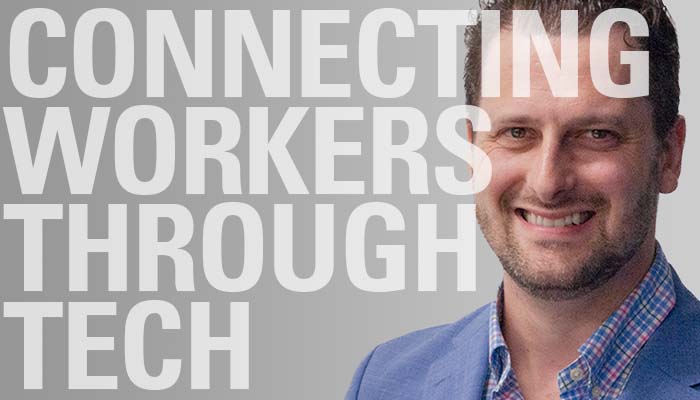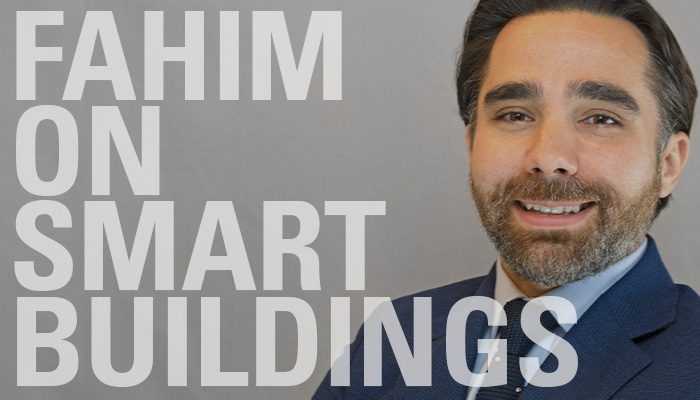The evolution of the modern office needs to accommodate team members meeting in person and online. ESD now Stantec Senior Audio Visual Consultant John Doyle offers an overview of the best technology to consider. (Learn more about the meeting room technology.)
Cohesion, a SaaS platform spun out of ESD to optimize building performance drivers for real estate owners and operators, raised funding from high-profile investors.
Cohesion raised the seed round from Hyde Park Angels, Singapore-based Frasers Property Group, investment firm CMT and individual angel investors, including Raj Gupta, ESD’s executive chairman, Ken Griffin, founder and CEO of Citadel and Michael Sacks, CEO and chairman of GCM Grosvenor.
The Cohesion intelligent building app is the first award-winning proptech SaaS to integrate siloed building systems with tenant experience. It provides building developers, owners and operators with useful tenant occupancy data, which can inform staffing needs and equipment schedules, enabling all stakeholders to optimize their investment and provide increased value to occupants through meaningful integration of building systems.
“Cohesion started through questions about the personal experience within commercial buildings. I was able to control many of the systems and appliances at home through apps on my phone – yet I couldn’t do this at the office,” said Kurt Karnatz, president, ESD. “Commercial products and systems offered proprietary software and sensors designed for specific functions. We saw opportunity to connect these disparate products to create a holistic, 360-degree view to further drive commercial real estate value.”
ESD leadership’s commitment to innovation fostered development of the intelligent building SaaS platform in partnership with developers, building owners and building operators that eventually evolved into Cohesion.
“Combining the expertise from our mechanical, electrical and plumbing engineers and the expertise of infrastructure communication technology, building automation systems and commissioning team members enabled ESD to approach the early iterations of this platform from a diverse perspective,” said Zac House, CEO, ESD. “As our clients became engaged, they offered a lot of insight about what is valuable to them – allowing our cross-functional team of engineers and technologists to further develop the platform while engaging entrepreneurially minded people from our corporate functions to engage in growing this innovative proptech for our clients.”
As building operators open their spaces vacated during the pandemic, the Cohesion intelligent building platform can create greater transparency around indoor air quality, maintenance, secure frictionless navigation and other building-operation strategies aimed at protecting occupants from the spread of disease.
“Today, more than ever, building owners, operators and developers are looking for buildings to adapt and be flexible in the evolving indoor environment,” says Gupta. “It is exciting to partner with our clients and Cohesion to strategize and implement holistic solutions to confidently welcome people back to commercial buildings.”




